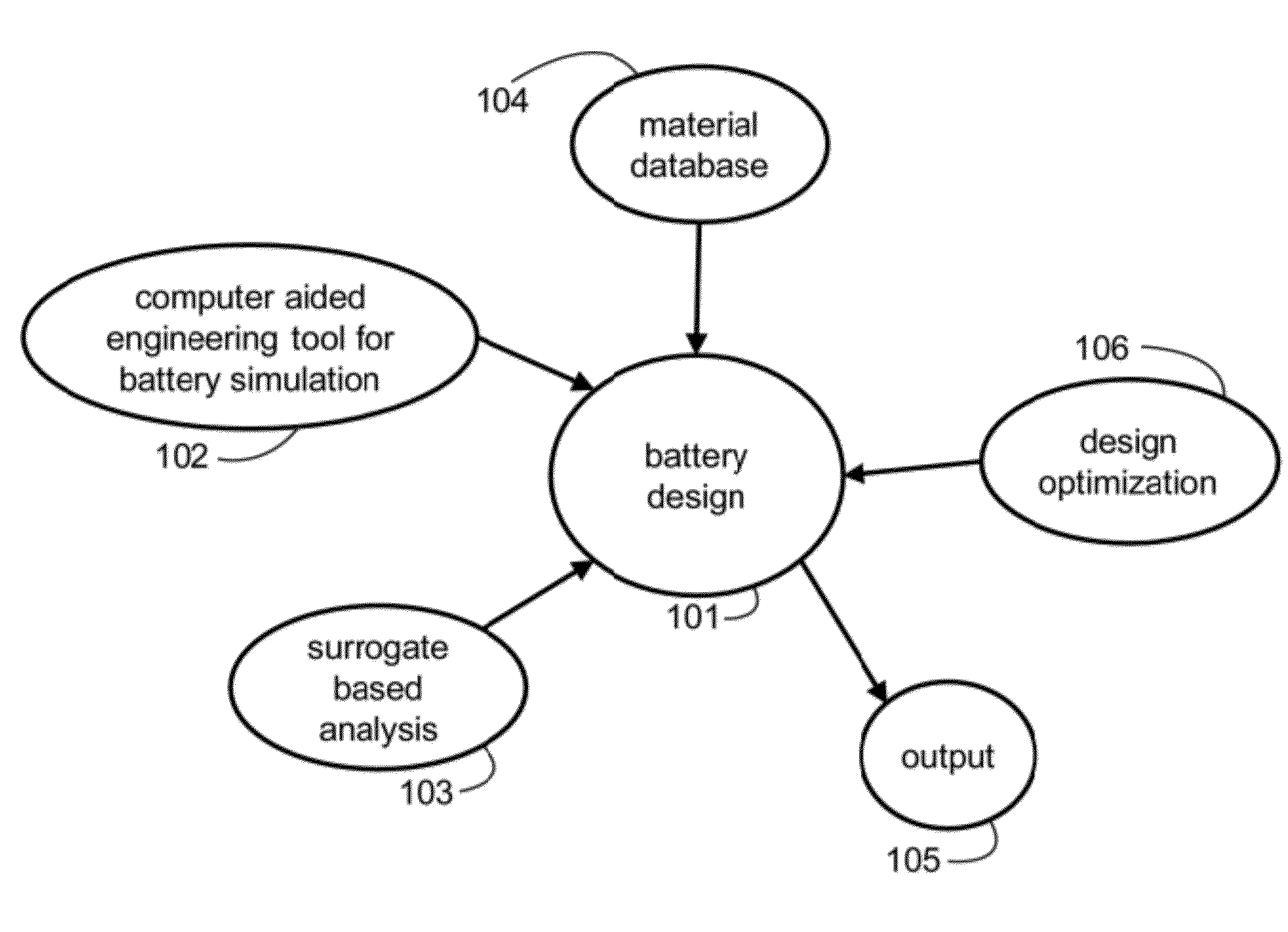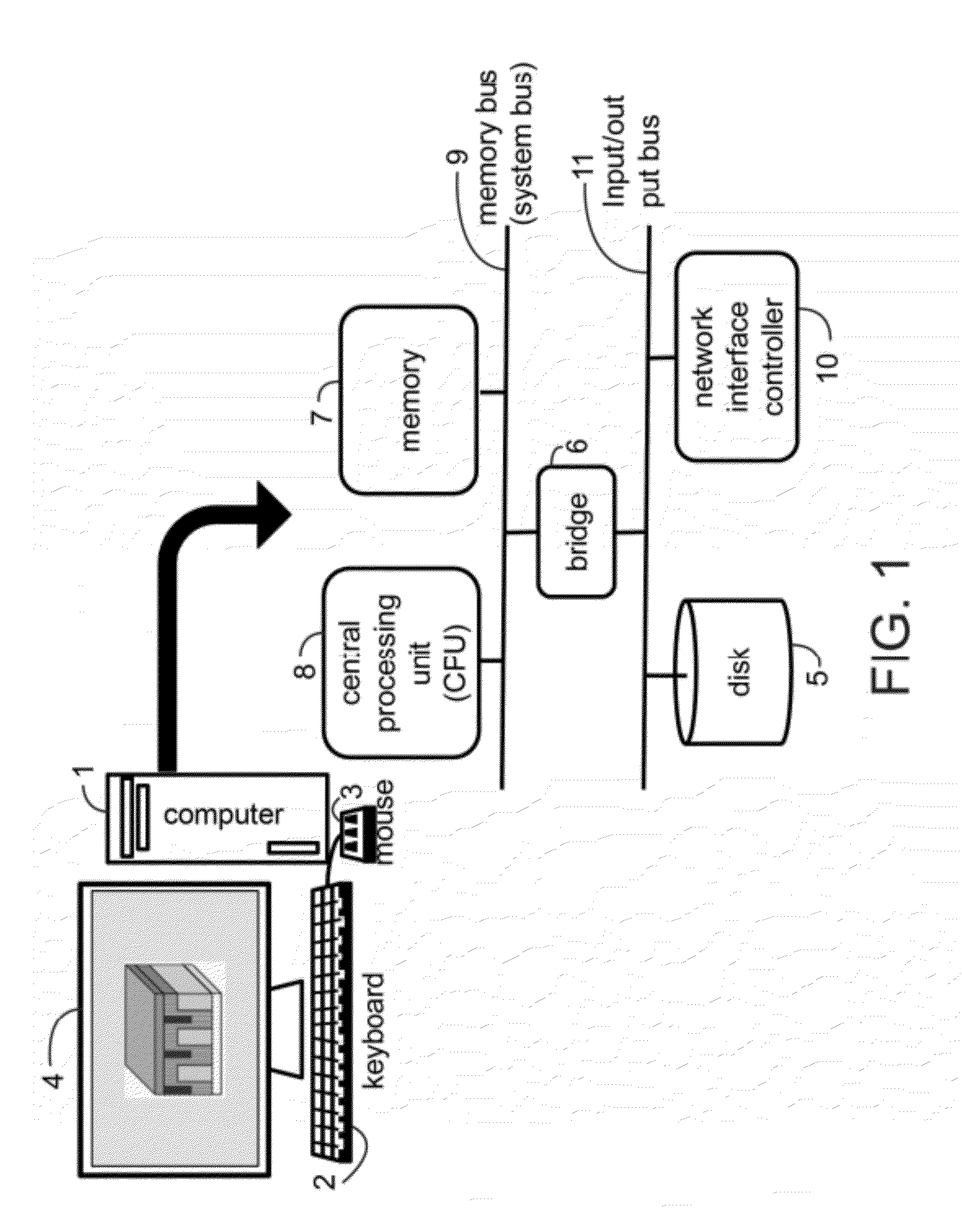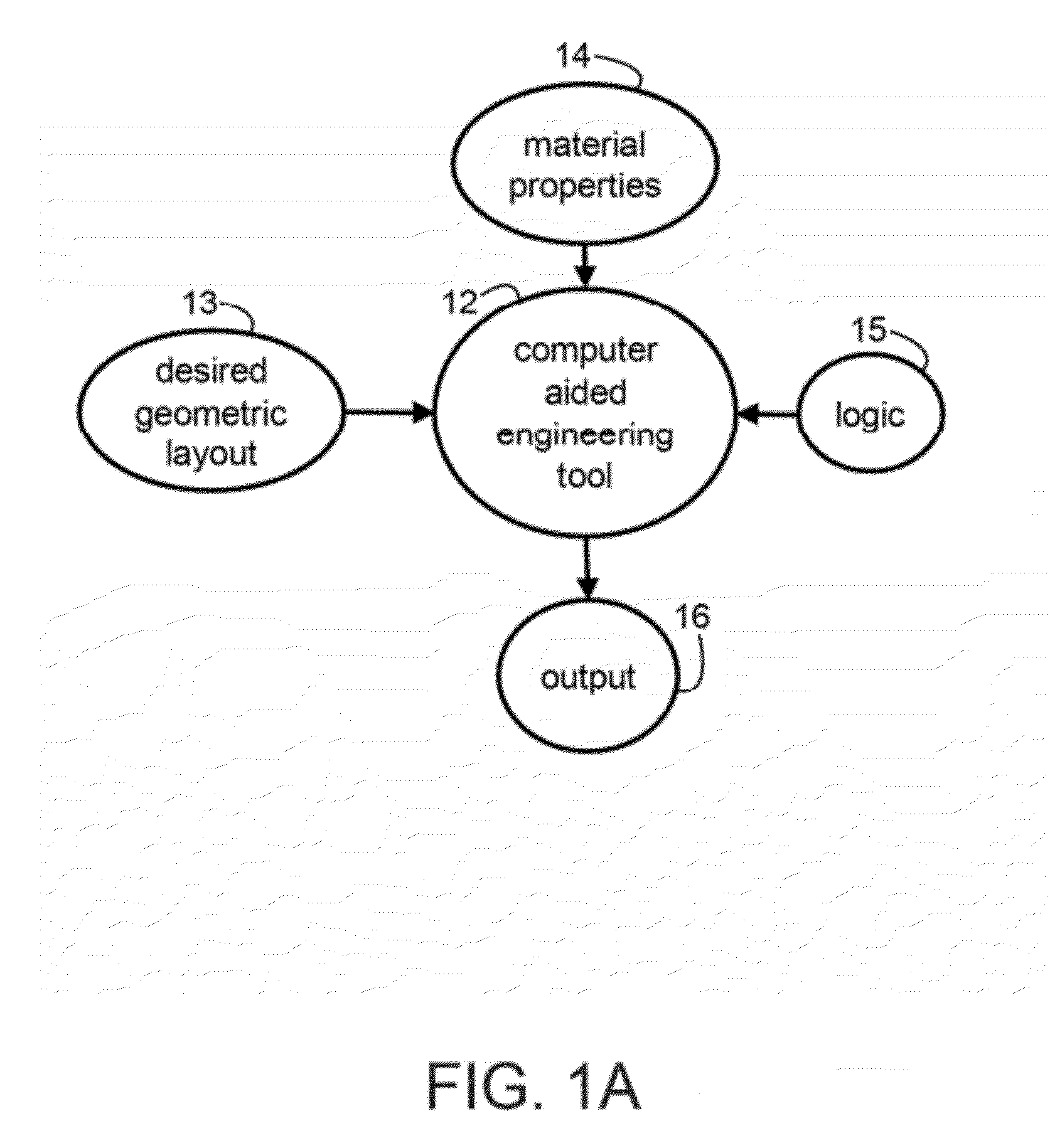Computer aided solid state battery design method and manufacture of same using selected combinations of characteristics
a computer-aided, battery technology, applied in secondary cell manufacturing, cell components, instruments, etc., can solve the problems of whole empirical, iterative, costly and time-consuming design process that needs to be repeated for different applications, and achieves cost-effectiveness, time and cost reduction, and eliminates trial and error in battery design.
- Summary
- Abstract
- Description
- Claims
- Application Information
AI Technical Summary
Benefits of technology
Problems solved by technology
Method used
Image
Examples
example 1
[0037]From the database as 501 in FIG. 5, two materials can be selected for each component of the electrochemical battery cell. Lithium (Li) and Silicon (Si) are selected for the anode; Lithium-Polymer (L-P) and lithium phosphorus oxynitride (LIPON) are selected for the electrolyte; LiCoO2 (LCO) and LiV2O5 (LVO) are selected for the cathode; copper (Cu) and aluminum (Al) are selected for the current collector as 502 in FIG. 5. 16 combinations can be generated by permuting through the material choices for the components as listed in 503 in FIG. 5. For each combination, a design optimization process is performed to identify a geometric / dimension design that yields the maximum gravimetric energy density as 504 in FIG. 5. Among the resulted 16 optimal designs as 505 in FIG. 5, the best design with the largest gravimetric energy density is the final cell design as 505 in FIG. 5.
example 2
[0038]The application is electric vehicles. The requirements from the application include 1) energy density being larger than 250 Wh / kg, 2) discharge rate ranging from C / 2 to 2C, 3) battery footprint being 20 cm×10 cm, and 4) total capacity for one battery cell being 15 Ah, also listed as 601 in FIG. 6. The design optimization objective is to maximize the energy density (Wh / kg) of the battery cell for electric vehicles application as 602 in FIG. 6. By applying the process described in this invention, one can identify the optimal design with systematically chosen first characteristics (material type for each component) and intelligently optimized second characteristics (geometry and dimension) of the battery cell. The optimal design to meet the requirements is listed in 603 in FIG. 6.
PUM
 Login to View More
Login to View More Abstract
Description
Claims
Application Information
 Login to View More
Login to View More - R&D
- Intellectual Property
- Life Sciences
- Materials
- Tech Scout
- Unparalleled Data Quality
- Higher Quality Content
- 60% Fewer Hallucinations
Browse by: Latest US Patents, China's latest patents, Technical Efficacy Thesaurus, Application Domain, Technology Topic, Popular Technical Reports.
© 2025 PatSnap. All rights reserved.Legal|Privacy policy|Modern Slavery Act Transparency Statement|Sitemap|About US| Contact US: help@patsnap.com



